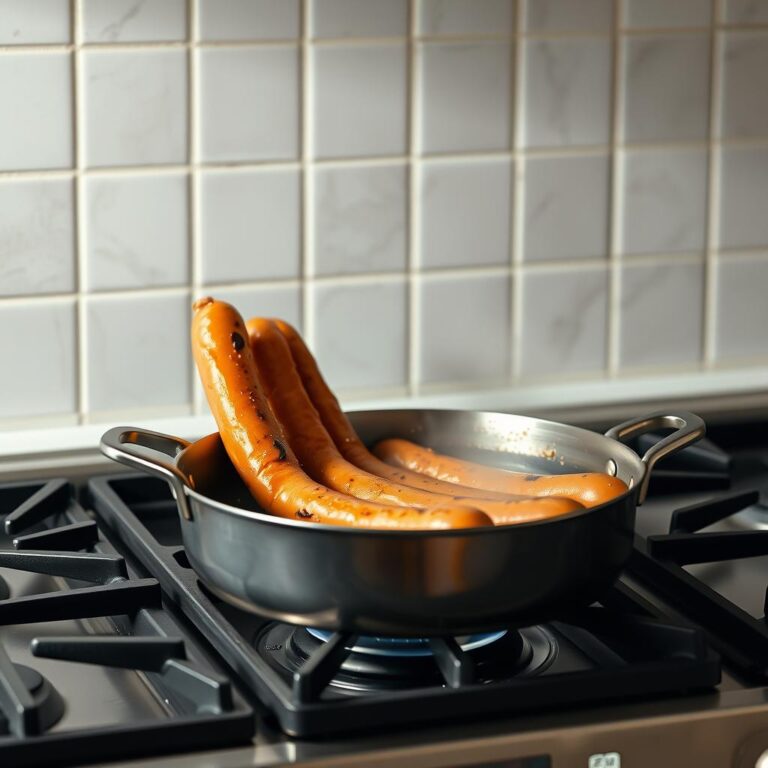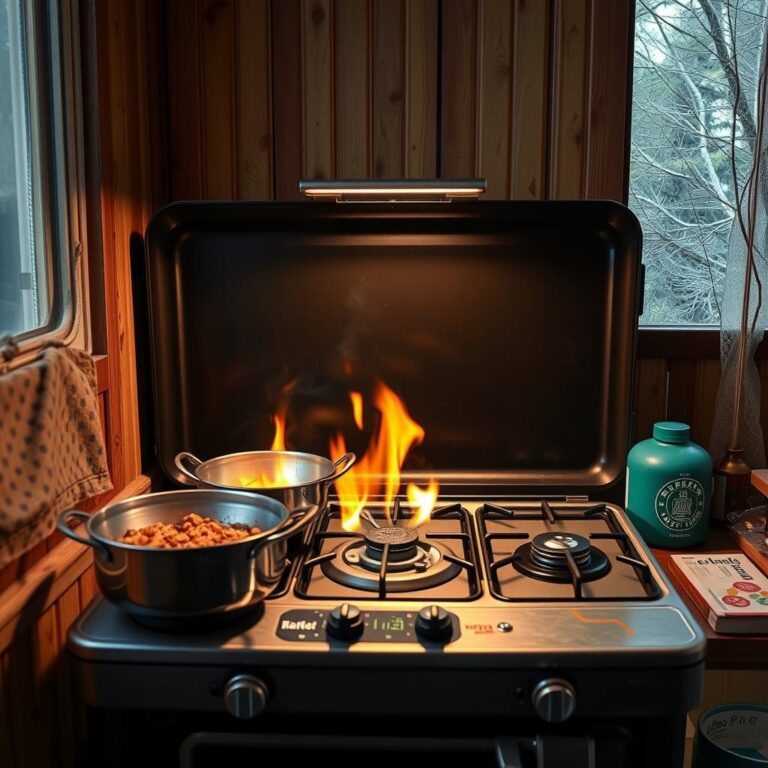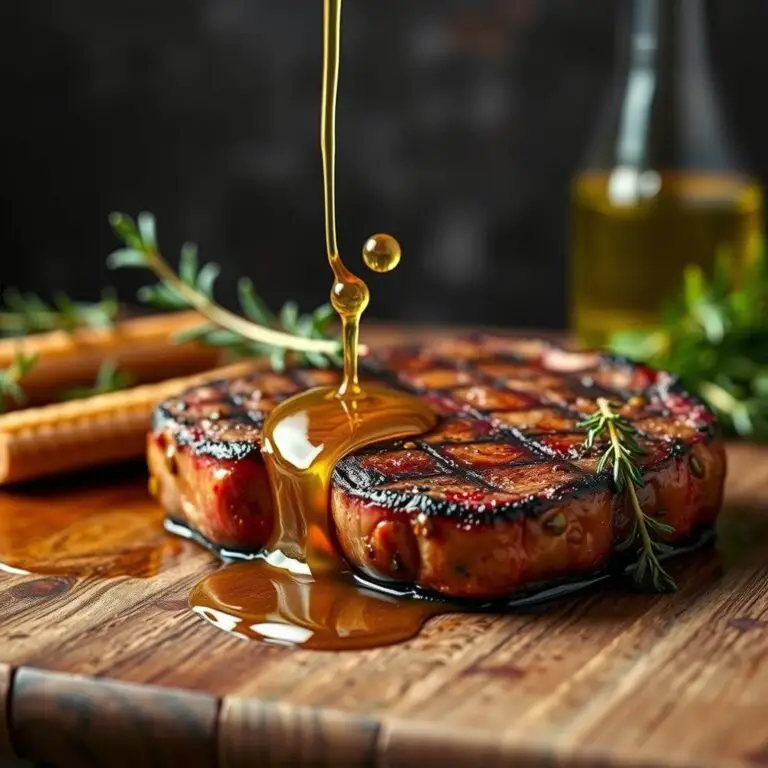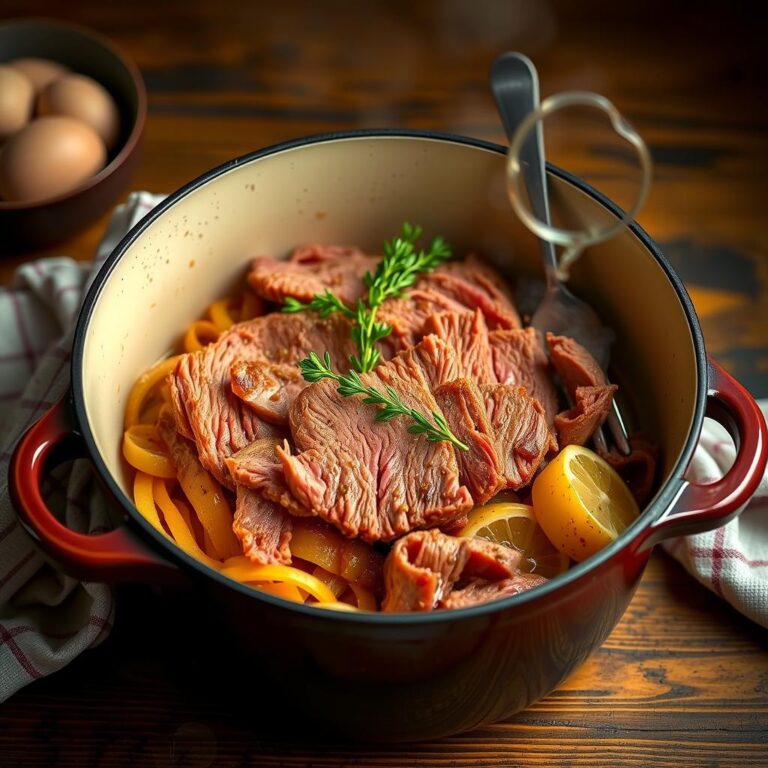Can you cook a frozen turkey in a slow cooker?
That's the question on everyone's mind as Thanksgiving looms.
Let's dive straight into the truth about slow-cooking a frozen turkey because nobody wants a holiday disaster.
The Frozen Turkey Dilemma: Slow Cooker Edition
Here's the short and sweet: You generally shouldn't cook a frozen turkey in a slow cooker.
Food safety is the top priority, and thawing it beforehand is crucial.
Why?
The danger zone is the temperature range between 40°F and 140°F.
Bacteria thrive in this zone, and a frozen turkey takes too long to reach a safe internal temperature in a slow cooker.
Why Thawing is Non-Negotiable for Slow Cooking Turkey
Imagine putting a rock-solid bird directly into your slow cooker.
The outer layers will warm up faster than the center, creating the perfect breeding ground for harmful bacteria like Salmonella.
That’s a risk nobody can afford to take, especially during a holiday feast!
- Uneven Cooking: The outside cooks way faster than the inside, leading to dry, overcooked meat on the edges and a potentially raw center.
- Bacterial Growth: Pathogens multiply rapidly when food stays in the danger zone for extended periods.
- Food Poisoning: This is the real threat; nobody wants to spend Thanksgiving in the ER.
Safe Thawing Methods Before Slow Cooking Your Turkey
So, how do you safely thaw a turkey before letting that slow cooker work its magic?
Here are two reliable methods:
-
Refrigerator Thawing: This is the safest, albeit slowest, method.
Plan ahead!
Allow approximately 24 hours of thawing time for every 5 pounds of turkey.
Place the frozen turkey in its original packaging on a tray or in a pan to catch any drips, and stick it in the fridge.
- Example: A 15-pound turkey will take about 3 days to thaw completely in the refrigerator.
-
Cold Water Thawing: This method is faster but requires more attention.
Submerge the turkey in its original packaging in a sink or large container filled with cold water.
Change the water every 30 minutes to maintain a safe temperature.
Plan for about 30 minutes of thawing time per pound of turkey.
- Example: A 10-pound turkey will take around 5 hours to thaw using the cold water method.
Can You Ever Cook a Partially Frozen Turkey in a Slow Cooker?
Even a partially frozen turkey presents risks.
If the turkey isn't fully thawed, the cooking process will still be uneven, and the risk of bacterial growth remains high.
It's better to be safe than sorry.
Getting Started with Slow Cooking Your Thawed Turkey
Now that you know to thaw that bird first, how do you actually cook a turkey in a slow cooker like a pro?
It's easier than you think!
But there is a secret…
You must choose the right sized bird for your slow cooker!
Selecting the Right Size Turkey for Your Slow Cooker
A massive bird won't fit properly, so aim for a smaller turkey or consider breaking it down.
Typically, a 6-8 pound turkey is ideal for most standard-sized slow cookers.
- Smaller Bird, Faster Cooking: A smaller turkey cooks more evenly and quickly.
- Manageable Size: Ensures the turkey fits comfortably in your slow cooker without overcrowding.
- Enhanced Flavor: Allows the seasonings and flavors to penetrate the meat thoroughly.
Slow Cooker Turkey: Achieving Peak Flavor and Texture
Here are a few tips for crafting the perfect slow-cooked turkey:
- Brining: Consider brining the thawed turkey for extra moisture and flavor. A simple saltwater brine can make a world of difference.
- Seasoning: Don't be shy with the seasonings! Use a blend of herbs, spices, and aromatics to enhance the turkey's natural flavor.
- Liquid: Add some chicken broth or turkey stock to the slow cooker to keep the turkey moist and create a flavorful base for gravy.
- Placement: Place the turkey breast-side up in the slow cooker for optimal cooking.
Troubleshooting Common Slow Cooker Turkey Problems
Even with the best planning, things can sometimes go awry. Here are a few common issues and how to fix them:
- Dry Turkey: Ensure you have enough liquid in the slow cooker and that the turkey is not overcooked.
- Undercooked Turkey: Use a meat thermometer to check the internal temperature, ensuring it reaches 165°F in the thickest part of the thigh.
- Lack of Flavor: Boost the flavor by adding more herbs, spices, or aromatics to the slow cooker.
Final Thoughts
While the idea of tossing a frozen turkey directly into a slow cooker might seem convenient, it's not worth the risk.
Prioritize food safety by fully thawing the turkey beforehand.
Then, with the right techniques and a little patience, you can cook a delicious, moist turkey in your slow cooker.
Can you cook a frozen turkey in a slow cooker?
That's the question on everyone's mind as Thanksgiving looms.
Let's dive straight into the truth about slow-cooking a frozen turkey because nobody wants a holiday disaster.
The Frozen Turkey Dilemma: Slow Cooker Edition
Here's the short and sweet: You generally shouldn't cook a frozen turkey in a slow cooker.
Food safety is the top priority, and thawing it beforehand is crucial.
Why?
The danger zone is the temperature range between 40°F and 140°F.
Bacteria thrive in this zone, and a frozen turkey takes too long to reach a safe internal temperature in a slow cooker.
Why Thawing is Non-Negotiable for Slow Cooking Turkey
Imagine putting a rock-solid bird directly into your slow cooker.
The outer layers will warm up faster than the center, creating the perfect breeding ground for harmful bacteria like Salmonella.
That’s a risk nobody can afford to take, especially during a holiday feast!
- Uneven Cooking: The outside cooks way faster than the inside, leading to dry, overcooked meat on the edges and a potentially raw center.
- Bacterial Growth: Pathogens multiply rapidly when food stays in the danger zone for extended periods.
- Food Poisoning: This is the real threat; nobody wants to spend Thanksgiving in the ER.
Safe Thawing Methods Before Slow Cooking Your Turkey
So, how do you safely thaw a turkey before letting that slow cooker work its magic?
Here are two reliable methods:
-
Refrigerator Thawing: This is the safest, albeit slowest, method.
Plan ahead!
Allow approximately 24 hours of thawing time for every 5 pounds of turkey.
Place the frozen turkey in its original packaging on a tray or in a pan to catch any drips, and stick it in the fridge.
- Example: A 15-pound turkey will take about 3 days to thaw completely in the refrigerator.
-
Cold Water Thawing: This method is faster but requires more attention.
Submerge the turkey in its original packaging in a sink or large container filled with cold water.
Change the water every 30 minutes to maintain a safe temperature.
Plan for about 30 minutes of thawing time per pound of turkey.
- Example: A 10-pound turkey will take around 5 hours to thaw using the cold water method.
Can You Ever Cook a Partially Frozen Turkey in a Slow Cooker?
Even a partially frozen turkey presents risks.
If the turkey isn't fully thawed, the cooking process will still be uneven, and the risk of bacterial growth remains high.
It's better to be safe than sorry.
Getting Started with Slow Cooking Your Thawed Turkey
Now that you know to thaw that bird first, how do you actually cook a turkey in a slow cooker like a pro?
It's easier than you think!
But there is a secret…
You must choose the right sized bird for your slow cooker!
Selecting the Right Size Turkey for Your Slow Cooker
A massive bird won't fit properly, so aim for a smaller turkey or consider breaking it down.
Typically, a 6-8 pound turkey is ideal for most standard-sized slow cookers.
- Smaller Bird, Faster Cooking: A smaller turkey cooks more evenly and quickly.
- Manageable Size: Ensures the turkey fits comfortably in your slow cooker without overcrowding.
- Enhanced Flavor: Allows the seasonings and flavors to penetrate the meat thoroughly.
Slow Cooker Turkey: Achieving Peak Flavor and Texture
Here are a few tips for crafting the perfect slow-cooked turkey:
- Brining: Consider brining the thawed turkey for extra moisture and flavor. A simple saltwater brine can make a world of difference.
- Seasoning: Don't be shy with the seasonings! Use a blend of herbs, spices, and aromatics to enhance the turkey's natural flavor.
- Liquid: Add some chicken broth or turkey stock to the slow cooker to keep the turkey moist and create a flavorful base for gravy.
- Placement: Place the turkey breast-side up in the slow cooker for optimal cooking.
Troubleshooting Common Slow Cooker Turkey Problems
Even with the best planning, things can sometimes go awry. Here are a few common issues and how to fix them:
- Dry Turkey: Ensure you have enough liquid in the slow cooker and that the turkey is not overcooked.
- Undercooked Turkey: Use a meat thermometer to check the internal temperature, ensuring it reaches 165°F in the thickest part of the thigh.
- Lack of Flavor: Boost the flavor by adding more herbs, spices, or aromatics to the slow cooker.
Final Thoughts
While the idea of tossing a frozen turkey directly into a slow cooker might seem convenient, it's not worth the risk.
Prioritize food safety by fully thawing the turkey beforehand.
Then, with the right techniques and a little patience, you can cook a delicious, moist turkey in your slow cooker.
Okay, so you’ve got this craving for slow-cooked turkey, but you’re staring at a frozen bird.
Forget about tossing that frozen turkey directly into the slow cooker, it’s a recipe for disaster, trust me, I learned the hard way.
We're gonna break down everything you need to know to nail that perfectly cooked, fall-off-the-bone turkey in your slow cooker, safely.
Prepping Your Thawed Turkey for Slow Cooker Greatness
Alright, you've thawed your turkey, now what?
Don't just chuck it in the slow cooker.
A little prep work goes a long way.
First, remove the giblets and any packaging.
Nobody wants to find that stuff after it’s been slow-cooking for hours!
Give the turkey a good rinse, inside and out, and pat it dry with paper towels.
This helps the skin crisp up a bit (as much as it can in a slow cooker).
- Pro-Tip: For extra flavor, rub the turkey with olive oil or melted butter before adding your seasonings.
Seasoning Secrets: Maximize Flavor in Your Slow Cooker Turkey
Seasoning is where the magic happens.
Don't be shy, pile on the flavor.
I like to use a mix of:
- Salt and Pepper: The basics, but essential.
- Garlic Powder: Because everything’s better with garlic.
- Onion Powder: Adds a savory depth.
- Paprika: For color and a touch of smokiness.
- Dried Herbs: Thyme, rosemary, and sage are classic turkey flavors.
Get creative and experiment with your favorite spice blends, maybe a little smoked paprika?
Rub the seasoning all over the turkey, even under the skin if you're feeling ambitious.
Building a Flavor Base: Aromatics for Slow Cooker Turkey
Now, let’s build a flavor base in the slow cooker itself.
This will infuse the turkey with even more goodness.
I throw in:
- Chopped Onion: Adds sweetness and depth.
- Celery: For a fresh, savory note.
- Carrots: Adds sweetness and color.
- Garlic Cloves: Because you can never have too much garlic.
- Fresh Herbs: Sprigs of thyme, rosemary, and sage.
Layer these aromatics on the bottom of your slow cooker.
They’ll create a bed for the turkey and prevent it from sticking.
Slow Cooker Liquid: Keeping Your Turkey Moist
Alright, this is key to avoiding a dry turkey.
You need to add some liquid to the slow cooker.
I usually use:
- Chicken Broth: Adds flavor and moisture.
- Turkey Stock: If you have it, even better.
- White Wine: Adds a touch of acidity and complexity (optional).
Pour about 1-2 cups of liquid into the slow cooker, enough to come up about an inch or two on the sides of the turkey.
This will create steam and keep the turkey nice and moist while it cooks.
Slow Cooking Times and Temperatures: Nailing the Perfect Turkey
Alright, let's talk cooking times.
This will vary depending on the size of your turkey and your slow cooker.
But, as a general rule:
- Low Setting: Cook for 6-8 hours.
- High Setting: Cook for 3-4 hours.
No matter what, use a meat thermometer to check the internal temperature.
The turkey is done when it reaches 165°F in the thickest part of the thigh.
Getting that Crispy Skin (Even in a Slow Cooker)
Slow cookers aren’t exactly known for crispy skin.
But here’s a trick:
Once the turkey is cooked through, carefully transfer it to a baking sheet.
Broil it in the oven for a few minutes until the skin is golden brown and crispy.
Watch it closely, because it can burn quickly!
Making Gravy from Slow Cooker Turkey Juices
Don't throw away those delicious slow cooker juices!
They're the base for an amazing gravy.
Strain the juices into a saucepan.
Skim off any excess fat.
In a separate bowl, whisk together some cornstarch and cold water to make a slurry.
Bring the juices to a simmer over medium heat.
Whisk in the cornstarch slurry and cook until the gravy thickens.
Season with salt, pepper, and any other herbs you like.
Slow Cooker Turkey: Serving and Enjoying
Alright, you’ve done it!
You’ve cooked a delicious, moist turkey in your slow cooker.
Let the turkey rest for about 15-20 minutes before carving.
This allows the juices to redistribute, resulting in a more tender and flavorful bird.
Serve with your favorite sides, like mashed potatoes, stuffing, and cranberry sauce.
Troubleshooting Common Slow Cooker Turkey Issues: The Sequel
Okay, let's dive deeper into those common problems and how to fix them, because stuff happens.
- Turkey's Still Frozen in the Middle: Seriously, don't try to cook it. It's not worth the risk. Order a pizza.
- Turkey's Cooked Too Fast: If your turkey is done way ahead of schedule, turn the slow cooker to the "warm" setting or turn it off completely and let the turkey rest inside (with the lid on) to keep it warm until you’re ready to carve.
- The Turkey Tastes Bland: Okay, you probably skimped on the seasoning. Next time, don't be shy. Also, consider injecting the turkey with a flavorful marinade before cooking.
Safe Handling and Storage: Don't Mess This Up
Food safety is still the name of the game, even after cooking.
- Cooling: Don’t let the cooked turkey sit out at room temperature for more than two hours. Bacteria love that.
- Storage: Carve the turkey and store the meat in shallow containers in the refrigerator. Use it within 3-4 days.
- Reheating: Reheat leftover turkey to an internal temperature of 165°F.
Final Thoughts: Can You Cook a Frozen Turkey in a Slow Cooker? Revisited
Seriously, just thaw the turkey first.
It’s not worth the risk of food poisoning.
With a little planning and these tips, you can have a stress-free and delicious Thanksgiving (or any day) turkey cooked right in your slow cooker.
Now that you know you shouldn't cook a frozen turkey in a slow cooker, you're set to make a delicious and safe meal.
FAQs About Cooking Turkey in a Slow Cooker
Got more questions? I got answers!
Can I use a slow cooker bag for cooking turkey?
Absolutely! Slow cooker bags make cleanup a breeze. Just be sure the bag is heat-safe and follow the manufacturer's instructions.
Can I cook a bone-in turkey breast in a slow cooker?
Yes! Bone-in turkey breasts are perfect for slow cooking. They stay moist and flavorful. Just adjust the cooking time accordingly.
Can I add vegetables directly to the slow cooker with the turkey?
Yes, you can! Root vegetables like potatoes, sweet potatoes, and parsnips are great additions. They'll soak up all those delicious turkey juices.
How do I prevent the turkey from sticking to the bottom of the slow cooker?
Use a bed of aromatics or a slow cooker bag to prevent sticking. You can also use a trivet to elevate the turkey slightly.
What if I don't have chicken broth or turkey stock?
You can use water in a pinch, but it won't be as flavorful. Consider adding some bouillon cubes or seasoning to boost the taste.
Can I use a frozen turkey breast?
Same rules apply, fully thaw that turkey breast first!
I hope this detailed guide helps you nail your slow-cooked turkey!
Enjoy!





